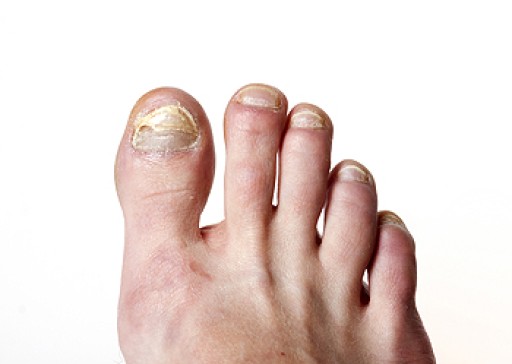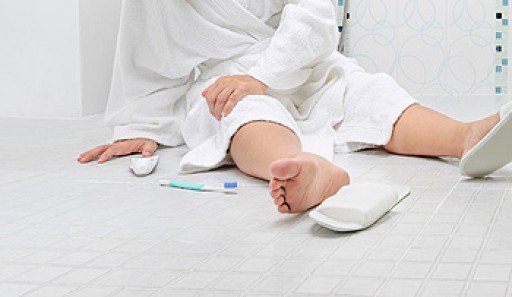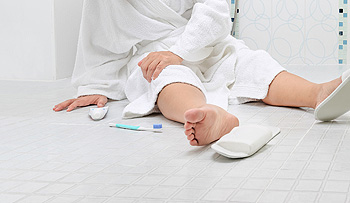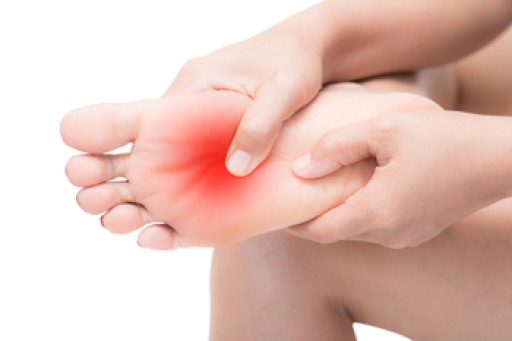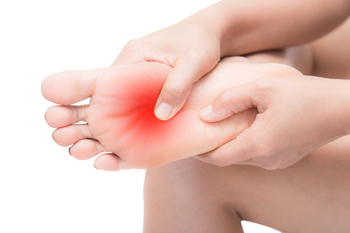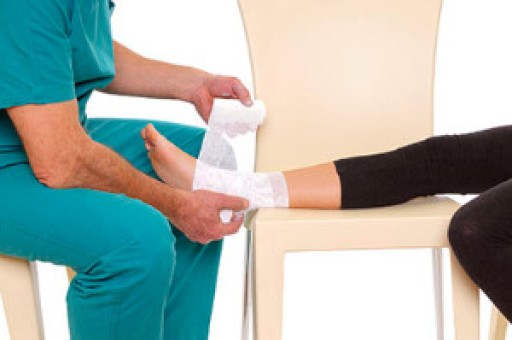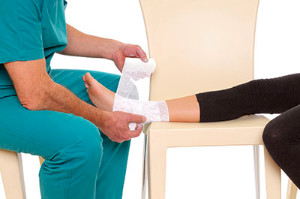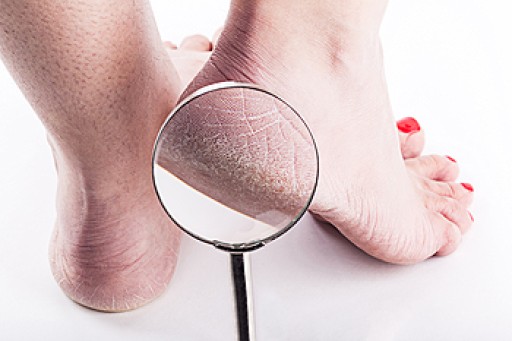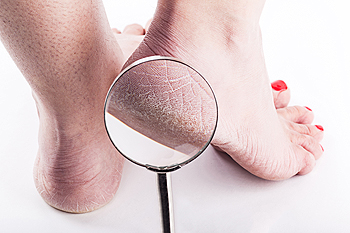 The common symptoms of toenail fungus are yellow, brown, or discolored nails. In severe cases, they may crack, and can appear unsightly. It can develop as a result of an injury that has happened to the nail, or medical conditions that can include diabetes or a weakened immune system. The fungus that causes this type of infection lives and thrives in warm and moist environments. These places can often consist of public swimming pools, locker rooms, and surrounding areas. If you desire to get frequent pedicures, it is important to ensure the tools that are used are properly sterilized. If you have any of the above mentioned symptoms, it is advised that you consult with a podiatrist who can properly diagnose your ailment and offer proper treatment techniques.
The common symptoms of toenail fungus are yellow, brown, or discolored nails. In severe cases, they may crack, and can appear unsightly. It can develop as a result of an injury that has happened to the nail, or medical conditions that can include diabetes or a weakened immune system. The fungus that causes this type of infection lives and thrives in warm and moist environments. These places can often consist of public swimming pools, locker rooms, and surrounding areas. If you desire to get frequent pedicures, it is important to ensure the tools that are used are properly sterilized. If you have any of the above mentioned symptoms, it is advised that you consult with a podiatrist who can properly diagnose your ailment and offer proper treatment techniques.
If left untreated, toenail fungus may spread to other toenails, skin, or even fingernails. If you suspect you have toenail fungus it is important to seek treatment right away. For more information about treatment, contact one of our podiatrists of Foot Health Center of Merrimack Valley. Our doctors can provide the care you need to keep you pain-free and on your feet.
Symptoms
- Warped or oddly shaped nails
- Yellowish nails
- Loose/separated nail
- Buildup of bits and pieces of nail fragments under the nail
- Brittle, broken, thickened nail
Treatment
If self-care strategies and over-the-counter medications does not help your fungus, your podiatrist may give you a prescription drug instead. Even if you find relief from your toenail fungus symptoms, you may experience a repeat infection in the future.
Prevention
In order to prevent getting toenail fungus in the future, you should always make sure to wash your feet with soap and water. After washing, it is important to dry your feet thoroughly especially in between the toes. When trimming your toenails, be sure to trim straight across instead of in a rounded shape. It is crucial not to cover up discolored nails with nail polish because that will prevent your nail from being able to “breathe”.
In some cases, surgical procedure may be needed to remove the toenail fungus. Consult with your podiatrist about the best treatment options for your case of toenail fungus.
If you have any questions, please feel free to contact one of our offices located in North Andover, and Tewksbury, MA . We offer the newest diagnostic and treatment technologies for all your foot care needs.

